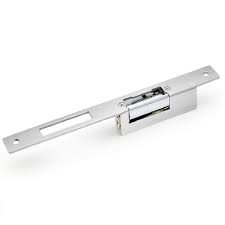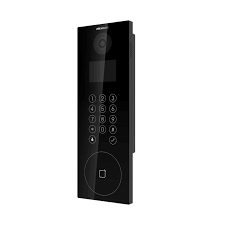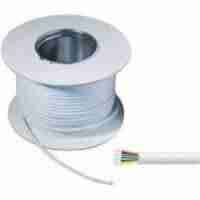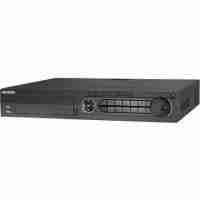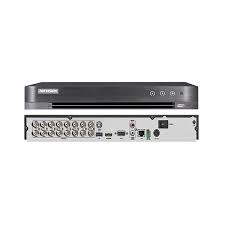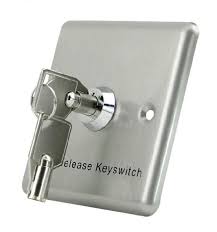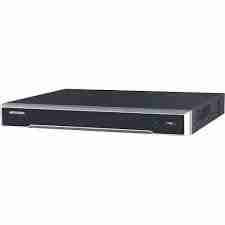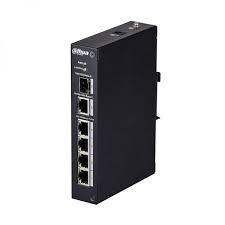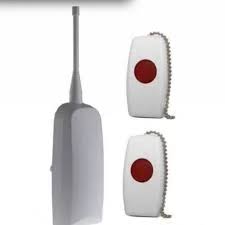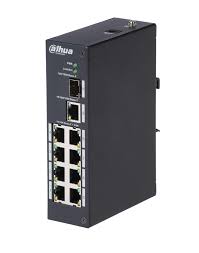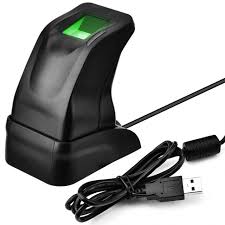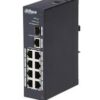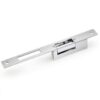Electric Strike Lock
electric strike lock transforms any standard door into a remotely controlled access point, providing property owners with flexible security management capabilities. This electronic locking mechanism replaces traditional strike plates, allowing doors to be unlocked from a distance through various control methods including keypads, card readers, or smartphone applications.
How Electric Strike Locks Function
The electric strike lock operates by controlling the door’s latch mechanism electronically. When activated, an internal solenoid or motor retracts the striking surface, allowing the door latch to pass through freely. This design maintains the door’s existing hardware while adding sophisticated access control functionality.
Unlike magnetic locks that hold doors closed through electromagnetic force, the electric strike lock works with your door’s existing deadbolt or latch system. This approach provides several practical advantages:
- Preserves normal key operation as a backup
- Maintains fire code compliance with standard egress requirements
- Reduces power consumption compared to magnetic alternatives
- Integrates seamlessly with existing door hardware
Professional Installation Considerations
Installing an electric strike lock typically requires modifications to the door frame to accommodate the electronic components. Professional installation ensures proper alignment, adequate power supply, and compliance with local building codes.
The installation process involves:
- Precise measurement and cutting of the door frame
- Routing of low-voltage wiring to the strike location
- Integration with access control panels or standalone systems
- Testing of fail-safe or fail-secure operation modes
Fail-Safe vs Fail-Secure Operation Modes
Electric strike lock systems offer two fundamental operating modes that determine door behavior during power failures. Understanding these options helps property managers select appropriate configurations for different security zones.
Fail-Safe Configuration:
- Door unlocks automatically when power is lost
- Prioritizes occupant safety and emergency egress
- Commonly required for fire-rated doors and main exits
- Ideal for areas where people safety takes precedence
Fail-Secure Configuration:
- Door remains locked during power outages
- Maintains security even without electrical power
- Suitable for storage areas and restricted access zones
- Requires backup power systems for emergency situations
Integration with Access Control Systems
Modern electric strike lock installations connect to comprehensive access control networks, enabling centralized management of multiple entry points. These systems support various authentication methods including proximity cards, biometric scanners, and mobile credentials.
Integration capabilities include:
- Real-time monitoring of door status
- Scheduled access for different user groups
- Audit trails recording entry and exit events
- Remote unlocking for visitor management
- Emergency lockdown procedures
Durability and Environmental Protection
Commercial-grade electric strike locks undergo rigorous testing to ensure reliable operation in demanding environments. Quality units feature corrosion-resistant finishes and weatherproof sealing for exterior installations.
Performance specifications typically include:
- Operating voltage ranges from 12V to 24V DC
- Temperature tolerance from -40°F to +140°F
- Humidity resistance up to 95% non-condensing
- Cycle ratings exceeding 500,000 operations
Security Features and Access Monitoring
Advanced electric strike lock systems incorporate multiple security enhancements that protect against tampering and unauthorized entry attempts. Door position sensors detect when doors are propped open, while built-in timers automatically re-secure entries after preset intervals.
Maintenance and Troubleshooting
Regular maintenance extends the operational lifespan of electric strike lock installations. Periodic inspection should include verification of proper door alignment, cleaning of strike surfaces, and testing of backup power systems.
Common maintenance tasks involve:
- Lubricating moving components annually
- Checking wire connections for corrosion
- Verifying proper strike-to-latch alignment
- Testing emergency release mechanisms
Cost Considerations and Return on Investment
While electric strike lock systems require higher initial investment compared to traditional mechanical locks, they provide significant operational benefits. Reduced key management costs, improved security monitoring, and flexible access scheduling often justify the technology upgrade for commercial properties.
The electric strike lock represents a practical solution for property owners seeking enhanced security without completely replacing existing door hardware. Its compatibility with standard locksets and proven reliability make it a sensible choice for access control modernization projects.

